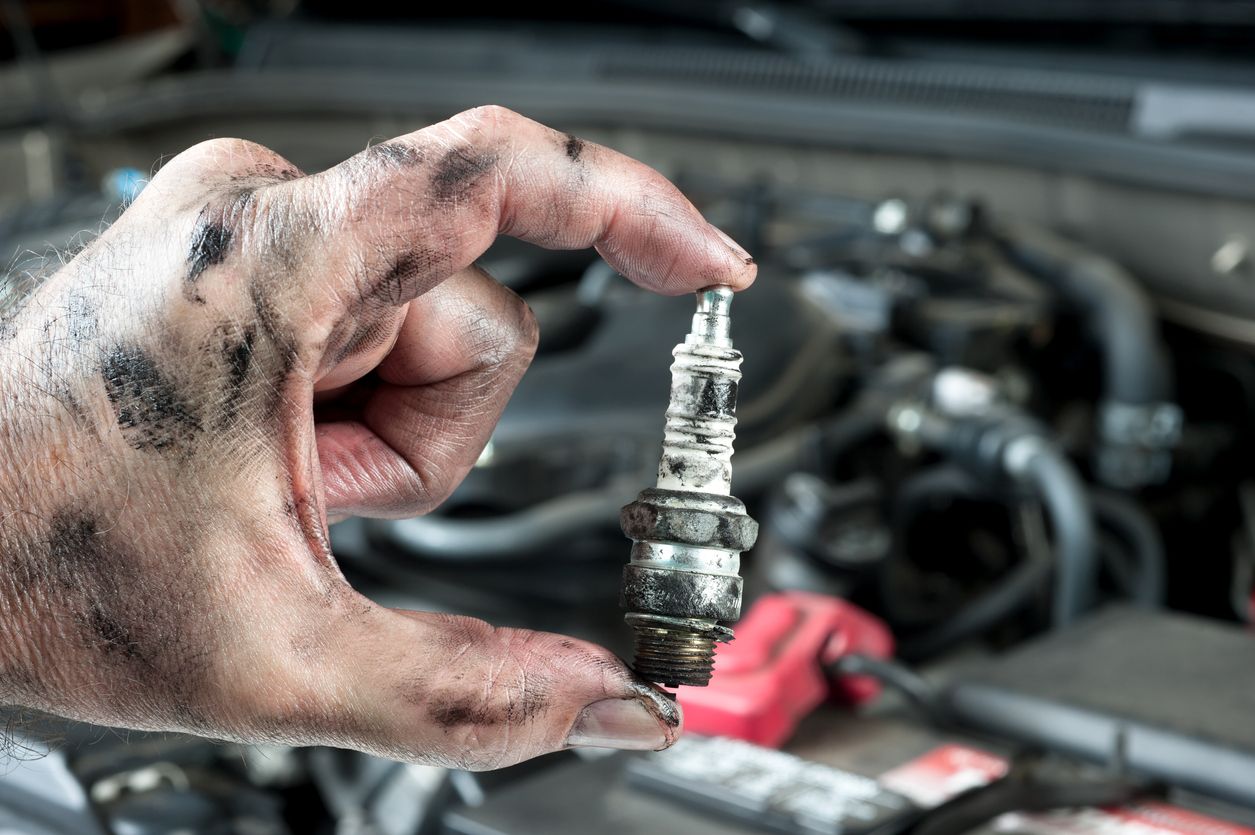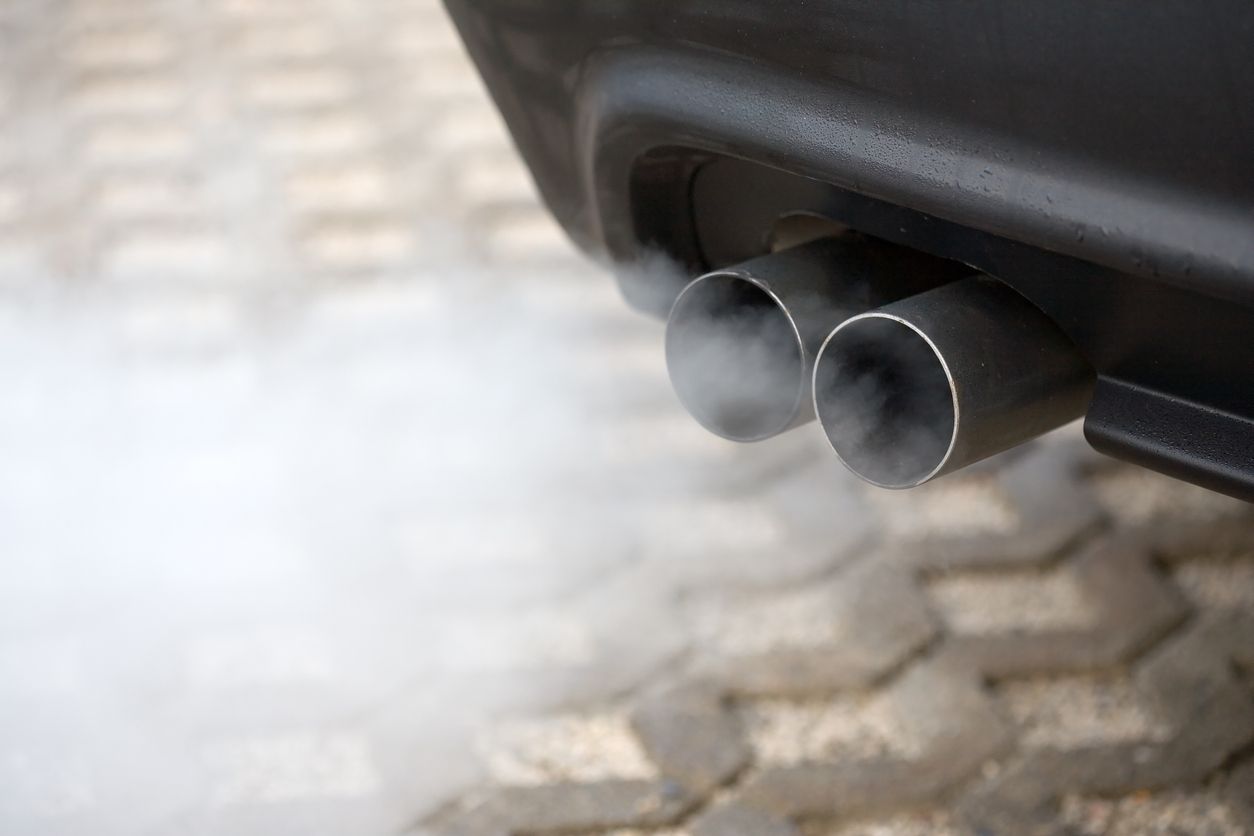Without spark plugs, some vehicles can't start — or go anywhere. The health of this part is directly linked to engine performance, so bad spark plugs can often lead to more significant problems, including prolonged cold-starting and misfires during acceleration.
Without healthy plugs, your ride may not meet its maximum potential, and your vehicle's fuel economy can drop. Nobody wants that. Read on to learn all about spark plugs, including what they do, signs they need to be replaced, how frequently to change them, and more.
What Are Spark Plugs?
Spark plugs are electrical devices responsible for igniting the air-fuel mixture within your engine's cylinders. Your vehicle depends on these components to kickstart the combustion process.
Where Are Spark Plugs Located?
Spark plugs are generally located at the top of the cylinder head(s) in your engine. Each cylinder should have at least one spark plug.
What Do Spark Plugs Do?
As the name suggests, spark plugs create a spark to ignite an air-fuel mixture within your engine. This combustion generates the energy needed to power your car’s pistons and get you to your next destination. They also help dissipate heat from the combustion chamber to the car engine's cooling system.
How Do Spark Plugs Work?
Think of spark plugs as the tiniest bolt of lighting. Small but mighty, they spark electricity to ignite your engine’s air-fuel mixture. Here's an overview of the process.
Step 1: You turn the key in the ignition.
When you start your car by pushing the "ignition button" or inserting and turning your key, the starter motor engages, which cranks your engine.
Step 2: Energy from the battery ignites the plugs.
Electricity from the battery travels to an induction coil on your car's combustion engine. The battery's 12 volts are transformed to as much as 45,000 volts or more before supplying it to the spark plugs.
Step 3: Sparks fly.
As the induction coil's voltage increases and is transferred to the spark plugs, the plugs ignite the air-fuel mixture inside the combustion chamber. This process generates a small, controlled explosion in the gap between the plugs' electrodes.
Step 4: Combustion moves your car.
Once the air-fuel mixture ignites, a chemical reaction occurs, turning the mixture into an expanded gas or exhaust. The pressure generated by this sudden expansion within the combustion chamber moves your car's pistons, ultimately turning chemical energy into the kinetic energy required to power the engine.
Step 5: The cycle continues.
As you continue your journey, the spark plugs power through this cycle repeatedly, helping your car run smoothly until you reach your destination.
How to Tell If a Spark Plug Is Bad
Spark plugs can go bad for a few reasons, most commonly time, wear, and electrical/ignition system issues. Combustion, contamination, or overheating can lead to the inability to spark the air-fuel mixture.
Since spark plugs play a vital role in powering your vehicle, it's not surprising that the signs of faulty plugs are pretty jarring. A few common symptoms you may notice include:
- Rattling, pinging, or "knock"-like noises. If a spark plug fires at the wrong time, it could lead to constant rattling, pinging, or engine knocking sounds.
- Hard vehicle start. If your car has trouble starting or feels disjointed and jerky, your spark plugs may need replacing.
- Reduced performance. When you're out cruising, your spark plugs don't take a break, even when you accelerate and change gears. If the spark that this little plug generates isn't functioning at 100 percent, your vehicle can’t perform its best.
- Poor gas mileage. Many factors can lead to poor fuel economy. Faulty spark plugs may waste fuel if your vehicle doesn’t receive the proper spark at the right time.
If you've spotted any of these symptoms, we suggest scheduling an appointment to diagnose the problem and prevent further problems. Healthy spark plugs are vital to your car's ability to start up and remain powered.
How Often to Change Spark Plugs
Luckily, spark plugs don't require frequent replacement and can go years and many miles before needing to be swapped out.
How long do spark plugs last? Most auto manufacturers suggest installing new spark plugs about every 100,000 miles. However, your spark plug’s lifespan may vary based on engine, condition, and spark plug type. The maintenance schedule recommendations in your owner’s manual may call for more or less frequent replacements depending on make, model, and year.
Are Spark Plugs Universal?
Though many auto parts stores may lead you to believe otherwise, all spark plugs are not made equal! At Firestone Complete Auto Care, we use top-quality spark plugs that meet or exceed OEM specifications, which may help your car perform better for longer.
You generally have three options for spark plugs: copper, platinum, and iridium.
- Copper spark plugs are often the standard and feature a copper core with nickel alloy fused to the electrodes. These plugs generally last about 20,000 miles.
- Platinum spark plugs have a platinum disk fused to the electrode. Platinum has a higher melting point and can better withstand heat, so these plugs can last up to 100,000 miles.
- Iridium spark plugs have a fine wire center electrode to conduct electricity better. They are considered the highest-quality spark plug and last the longest.
What Is the Benefit of Replacing a Spark Plug?
The primary benefit is knowing your car will fire up without a hitch. New spark plugs can provide a lot of other performance benefits, such as:
- Consistent optimal combustion. Fully functioning spark plugs help support a fully functioning combustion system. Get this operating successfully, and many of your performance issues could be a distant memory.
- Better fuel economy. Worn, misfiring spark plugs can reduce your gas mileage. When replaced at the recommended intervals, new plugs can help maximize fuel economy and save some dough.
- Smooth and energetic starts. The first time you turn the ignition with a new spark plug can be an eye-opening experience. The old ones may have been the reason your car was experiencing those jerky starts.
- Reduced harmful emissions. The Environmental Protection Agency states that diligent car care — especially regarding spark plugs — can help increase fuel efficiency and reduce air pollution. That's a win-win.
How Involved Is Spark Plug Replacement Service?
Spark plug replacement can be straightforward or complex, depending on the vehicle. The parts must be cold before they can be worked on, and the time it takes to complete the service varies by make and model. In some cases, your technician may need to remove vehicle parts, such as an intake manifold, to reach the spark plugs. Plan ahead because a vehicle drop-off is usually required.
Schedule a Spark Plug Replacement Service Today
Whether you notice signs of faulty spark plugs or simply realize your car is overdue for maintenance, the experts at Firestone Complete Auto Care can help! Make an appointment with your nearest vehicle care technicians so we can inspect your vehicle and replace your spark plugs with high-quality ones, if necessary. Have new spark plugs installed today, and get the best spark every time.



